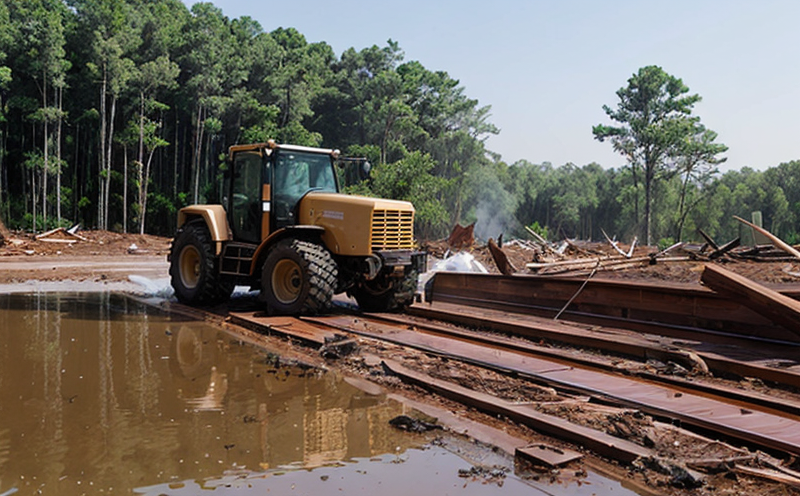ISO 5470 Abrasion Durability Testing of Lighting Coatings
The ISO 5470 standard provides a standardized method for assessing the durability and resistance to abrasion of coatings used in lighting fixtures. This test is crucial for manufacturers aiming to ensure that their lighting products can withstand environmental conditions, wear, and tear over extended periods. The abrasion testing simulates real-world conditions where lighting fixtures are subject to constant mechanical stress from dust particles, dirt, and other abrasive materials.
The process involves carefully preparing the specimen according to ISO 5470 guidelines. This includes selecting a representative sample of the coating that will be subjected to an abrasion test using a rotating drum or wheel apparatus. The specimen is then placed in the testing machine and exposed to a specified level of abrasion force for a set duration.
The test results are analyzed based on the remaining thickness of the coating after exposure to the abrasion process. An experienced technician will measure the change in the sample's dimensions before and after testing to determine the extent of wear. Compliance with this standard ensures that lighting fixtures can maintain their aesthetic appeal and functional integrity over time, which is critical for maintaining brand reputation and customer satisfaction.
For instance, in the context of outdoor lighting applications, where dust and debris are prevalent, ISO 5470 testing helps ensure that the coatings used do not degrade prematurely. This is particularly important for street lights, highway signage, and other fixtures exposed to harsh environmental conditions. In indoor settings, such as commercial or residential buildings, maintaining a consistent appearance of lighting fixtures is equally crucial.
The abrasion test parameters can vary depending on the specific requirements of the product and its intended use. For example, high-intensity outdoor lighting may require more rigorous testing compared to low-wattage indoor fixtures. Understanding these variations helps in selecting appropriate test conditions that accurately reflect the expected usage environment of the lighting fixture.
From a technical perspective, the abrasion resistance of coatings is influenced by factors such as chemical composition, thickness, and surface characteristics. By adhering to ISO 5470 standards, manufacturers can ensure that their products meet industry benchmarks for durability, which is essential for maintaining product longevity and reliability.
The importance of this testing cannot be overstated in today’s competitive market where consumer expectations demand high-quality, long-lasting products. Compliance with such international standards not only enhances the reputation of a company but also provides peace of mind to end-users who can trust that their lighting fixtures will perform reliably over extended periods.
Scope and Methodology
| Test Parameters | Description |
|---|---|
| Type of Abrasion Device | Selects between rotating drum or wheel apparatus as per ISO 5470 |
| Abrasive Material | Dust particles, sand, or other relevant materials |
| Testing Duration | Dependent on specimen and expected environmental conditions |
| Rotation Speed | Defined by ISO 5470 for the rotating drum apparatus |
| Measurement Criteria | Description |
|---|---|
| Initial and Final Thickness | Measured using a micrometer or similar device |
| Surface Irregularities | Evaluated through visual inspection and microscopy |
| Coating Integrity | Determined by examining the sample post-testing for any cracks or delamination |
Benefits
- Promotes consistent quality across different batches of lighting fixtures.
- Reduces warranty claims and returns due to premature coating failure.
- Enhances brand reputation by delivering products that meet international standards.
- Facilitates easier compliance with regulatory requirements, reducing the risk of non-conformance issues.
Environmental and Sustainability Contributions
- Promotes sustainable product design by ensuring materials last longer in harsh environments.
- Reduces waste from premature failure of lighting fixtures.
- Contributes to energy savings as durable coatings ensure the ongoing performance of lighting fixtures, reducing the need for frequent replacement and thus lowering overall carbon footprint.





